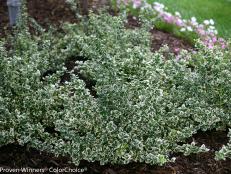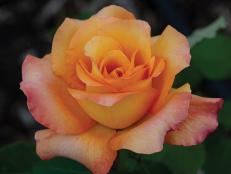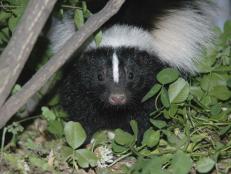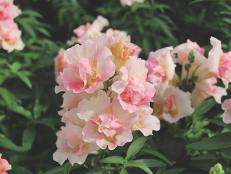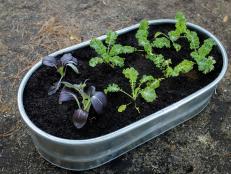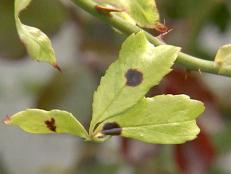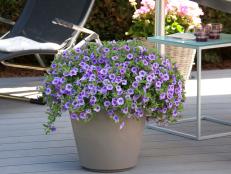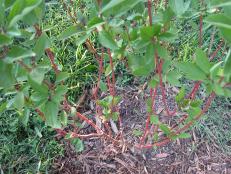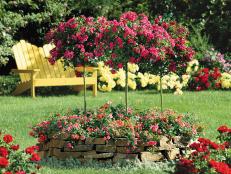How to Rescue a Rose
Everything's coming up roses until intense heat, pests and diseases arrive each summer. Give your plants some TLC and watch the blooms bounce back.
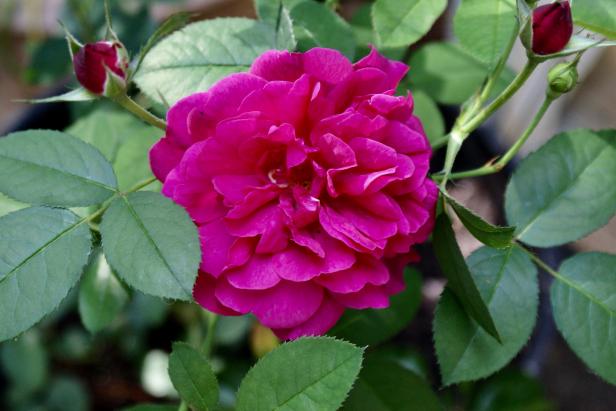
Lynn Coulter
By mid-summer, even healthy roses can succumb to powdery mildew, spider mites and other stresses.
Are your roses feeling the heat? Summer can be tough for gardeners who live in dry climates or regions with high humidity. Extreme temperatures can make your roses stop blooming, and the hot sun can burn them. Some lose their good looks to insect attacks and diseases.
There’s nothing you can do about the weather, but don't despair. "America's Favorite Rose Gardener," Chris VanCleave, has tips on how to rescue your roses.
1: Prune. If your roses have gotten tall and leggy, and they're not putting out many blooms, give them a boost by cutting them back by half. This applies to shrub roses and hybrid teas, VanCleave says, “and all kinds of roses except one-time bloomers and climbers.” While you should wait until your plants have finished a bloom cycle before doing any serious pruning, it's okay to trim up any very long canes.
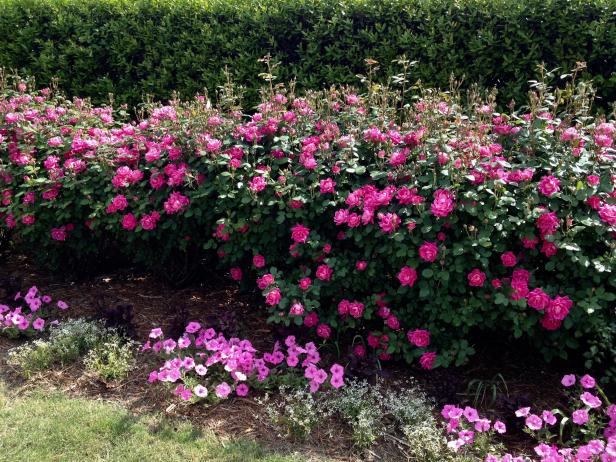
Lynn Coulter
Knock Out roses bloom on new wood, so you can prune them between bloom cycles.
2: Water. If you were watering once a week, step up to twice a week after you prune. “Anytime you cut you a rose, it says ‘grow’ and your plant will kick back into growth mode," VanCleave explains.
3: Fertilize. Apply a little fertilizer and water after you cut back, VanCleave says. "Your rose should bounce back pretty quickly. Roses need 4-6 weeks to produce new blooms." VanCleave, who lives and gardens in Alabama, prunes his bushes into late August. “I get the prettiest flush of blooms in October. The colors become more intense then, too.”
4: Deter bugs. You can do this naturally by growing companion plants like daylilies, irises, bee balm and coneflowers, VanCleave says. The good insects they attract, like ladybugs, will eat bad insects. “That practice alone has cut down on 50% of the pest problems in my rose garden.” Neem oil and insecticidal soaps will banish other bugs. Use the most environmentally-friendly remedy as your first defense, he adds. Resort to stronger measures if needed.
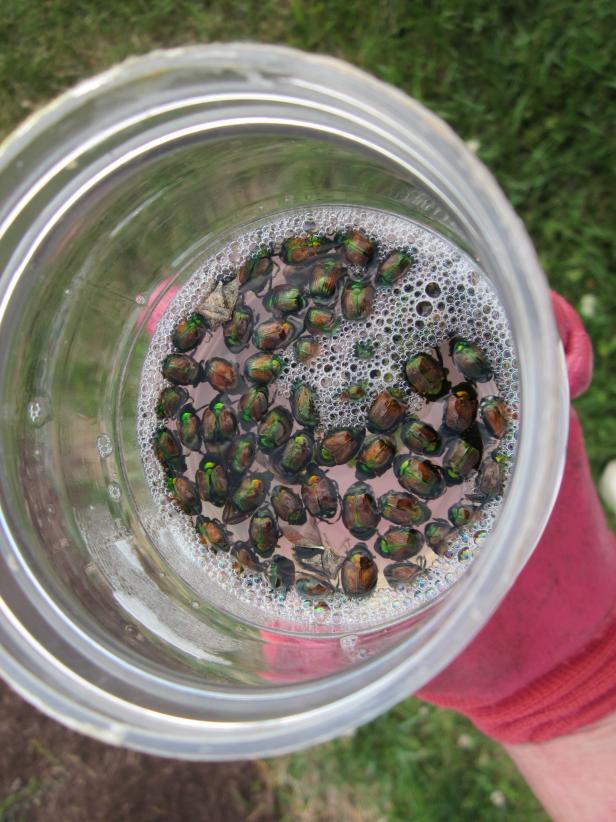
Julie Martens Forney
Wear gloves to pick Japanese beetles from your roses and drop them into a cup of water mixed with a little dishwashing liquid.
5: Defeat or avoid diseases. If your roses are plagued by diseases like black spot, VanCleave suggests first trying the non-chemical remedies sold in many garden centers. If they don't work, you may have to use chemicals. “But you must be very proactive. If you’re going to do a spray program at the beginning of the year, keep it up all season. Wait until late afternoon to spray so you won't burn your plants. Also, most pollinators will visit your garden earlier in the day, so they won't be present."
In the future: be an educated gardener. Before you plant, find out which roses are the most disease resistant and choose them. "Knock Outs, Drift Roses and some of the Proven Winners roses that have come out in the last few years are highly disease resistant.” Varieties he doesn't have to spray include ‘Beverly', a pink, fragrant hybrid tea, and ‘Grande Amore’, a long-stemmed red rose.
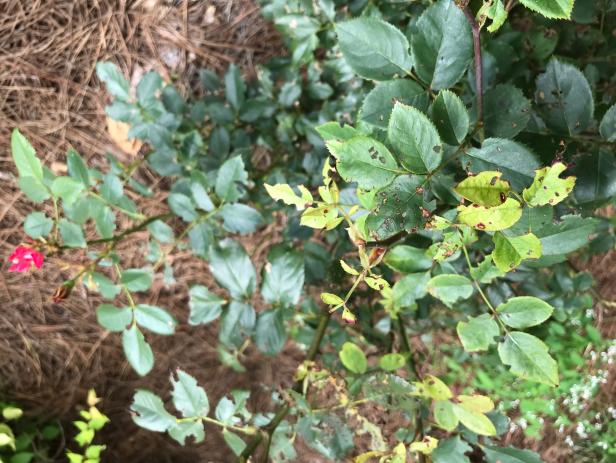
Lynn Coulter
Purplish or black patches can indicate black spot. Infected rose leaves often turn yellow and drop. These holes may have been made by cutter bees or rose slugs.
6: Do some housekeeping. VanCleave recommends pulling off infected rose leaves (don’t overdo it, of course, so your plant has enough foliage to keep growing). Also, pick up leaves that fall into your mulch. Destroy or discard the diseased leaves, and don't put them in your compost pile. “Black spot can overwinter and wake back up in the spring."






